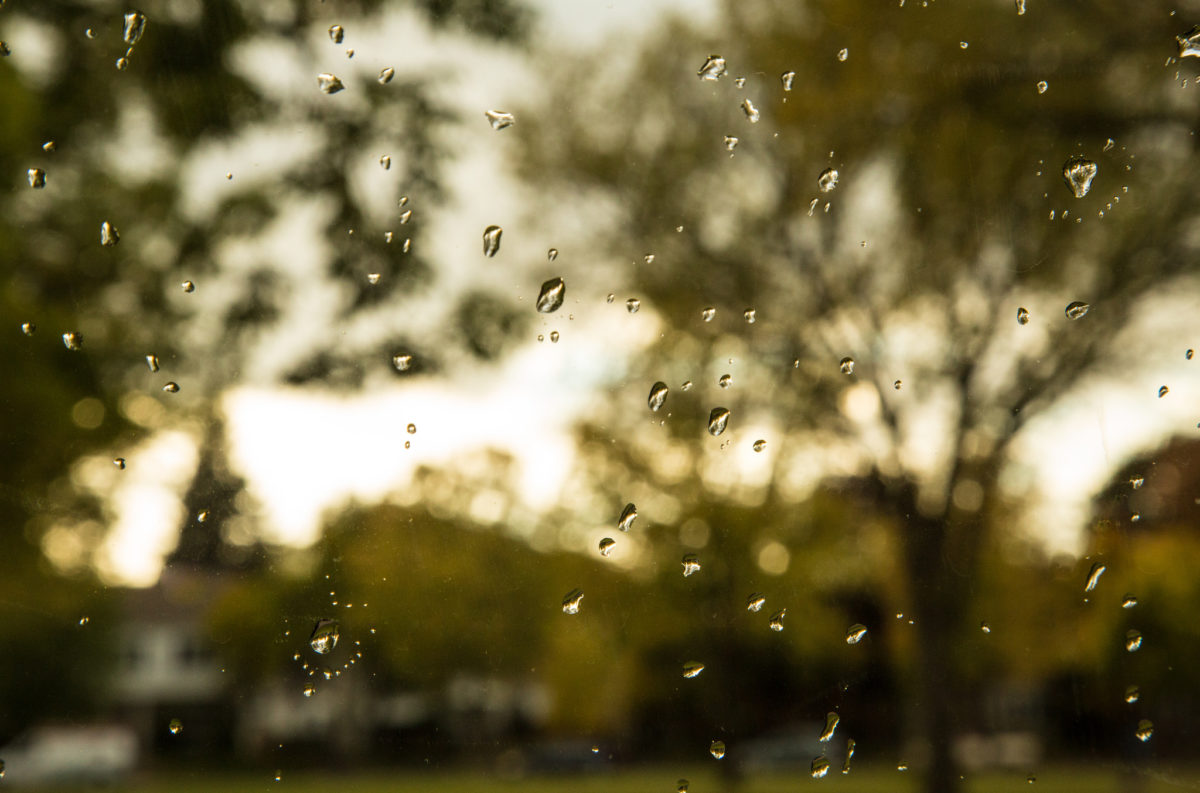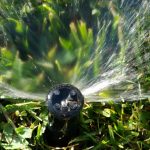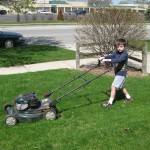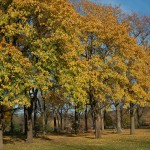
Minneapolis, MN, receives an abundance of rainfall during October through May. However, during the months of June, July, August and September, you may need to irrigate your lawn. Summer lawn watering is a must for a pristine lawn but can be very wasteful, and if you’re not careful, you could be doing your lawn more harm than good.
To help you do good for your lawn, follow these watering tips for Minneapolis.
General Tips
- Calibrate sprinklers to water only grass zones and not hard surfaces such as streets, driveways and sidewalks.
- Mow the grass according to its specified grass height. Different grass types have different mowing heights but generally hover around 2½ to 3 inches. Taller grass is a natural weed repellent because it will out compete the weeds for sunlight.
- Use sprinklers that spray low large drops versus high fine ones.
- Water small trees, shrubs and plants by hands.
- Use shut-off nozzles on hoses and repair leaky hoses and fittings.
When to Water
- Most lawns only need about an inch of water per week (including rainfall) to stay green and healthy. Placing a can of tuna in your lawn can be a good gauge to determine how much water your sprinkler system delivers in a given time interval.
- Over watering your lawn can result in fungal disease and can negatively affect the health of your lawn. Which is why it’s a good idea to avoid fixed schedules for lawn watering. Always take into consideration the amount of water already supplied by mother nature.
- An easy test to see if grass needs water is to walk on the lawn and if you leave footprints, it’s probably time to water the lawn. This indicates that the grass is frail and starting to curl.
- To physically check the soil moisture, use a shovel to dig out a small 6-inch-deep patch of lawn and check the soil moisture. If it’s getting water about 6 inches down, then your lawn is getting plenty of water.
- Water more, less often is better than watering once every day. This prepares your root system for drought and creates a hardier lawn.
Best Times for Lawn Watering
Photo: Flickr/ Peter Prehn
- Most homeowners think that the best time to water their lawn is in the evening. This isn’t true, watering before dark lets the moisture rest too long on the grass blade and can result in fungal disease (like over watering does).
- Set sprinkler systems to run between 4 a.m. and 8 a.m. for optimal grass health.
- Set the sprinkler system to run for three 10 minute sessions with each session half an hour apart to improve water infiltration and reduce runoff — runoff is the water waste that spills into the street and other hard surfaces.
- Equip the sprinkler system with moisture sensors so the system does not run when it is raining. (An easy way to automate avoiding the static watering schedule.)
- Calibrate the automatic timer to water every three to four days adjusting the time and frequency, as needed, to accommodate changes in seasonal water demand.
Watering Restrictions
There are multiple causes of local watering restrictions; such as limited treatment capacity and reduced water supplies due to drought problems or mechanical issues. Practicing healthy watering habits can reduce the need for water restrictions and also help your grass grow green and healthy. Below are a couple tips for watering during a water restriction.
- Gradually reduce the frequency and amount of water that you apply to your lawn. This helps reduce the risk of stress and shock, also making your grass more hardy in preparation for the next drought.
- Keep the heavy foot traffic to a minimum and avoid rolling over the lawn with your vehicle’s tires.
- Let the grass grow long so that the roots can also grow and be able to absorb more moisture.
New Lawns and Landscaping Alternatives
- Topdressing your lawn before overseeding will help improve water and nutrient retention.
- If you’re planting a new lawn, choose a type of grass that’s more drought tolerant.
- Replace grassy areas with awesome hardscape designs or by planting drought-tolerant trees, shrubs, and plants.
Have questions about lawn care? Visit our Minneapolis lawn care page or share your thoughts in the comments section below.






